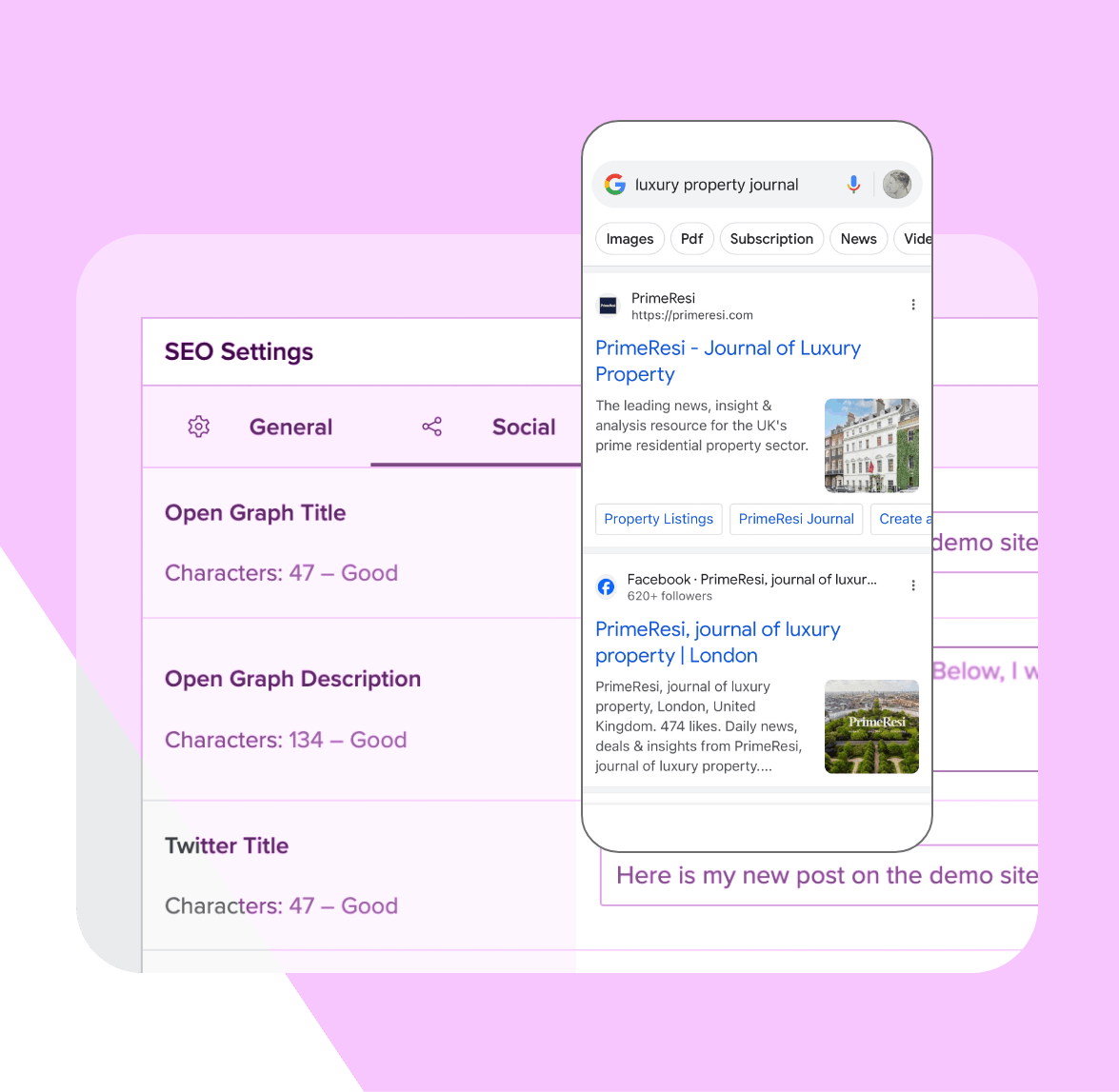In the past: Writer submits piece. Editor reviews. Sub-editor polishes. Designer formats. Printer presses. Newsstand sells.
Nice and tidy.
Also not 100% accurate in 2025.
Today’s publishers juggle subscription paywalls, SEO rankings, social shares, reader engagement metrics, and revenue optimisation and all whilst trying to maintain editorial integrity and meet tight deadlines.
The solution isn’t to work faster within broken systems. It’s to use systems that work.
The editorial workflow reality
Writers shouldn’t need a computer science degree to publish content that converts. That’s a fact.
When writers can create engaging content without wrestling with technical complexity, they spend time on what matters — well written articles that drives business results.
The best editorial workflows use a Content Management System (CMS) designed specifically for publishers. Not generic CMS platforms with publisher features bolted on. Purpose-built systems that understand how magazines work, how paywalls convert, and how SEO impacts revenue.
And as it happens, we’ve built our own. Have a look at Standfirst Publish.
But what is a CMS?
Before we jump ahead of ourselves, let’s take a few steps back.
What exactly is a CMS? A CMS (or Content Management System) is essentially a tool that lets you build and update a website without needing to know how to code. Think of it like a user-friendly dashboard where you can write articles, upload photos, create new pages, and make changes to your site just by clicking buttons and typing in boxes, rather than having to write complex computer code.
The main advantage is that once it’s set up, pretty much anyone can update the website content without having to ring up a web developer every time they want to change something or add a new blog post.
Here are a few quick benefits:
- Cost-effective: Reduces ongoing expenses since you don’t need to hire developers for routine updates and content changes
- Quick updates: Content can be published or modified instantly without waiting for technical support
- Multiple users: Different team members can contribute content with varying permission levels, making collaboration straightforward
- SEO-friendly: Built-in tools to help your website rank better in search engines
- Scalable: Easy to add new pages, sections, or features as your business grows
Publication that actually works
Publishing isn’t just about pressing “publish” anymore.
Each piece of content needs proper SEO metadata, social sharing optimisation, paywall configuration, and integration with your broader content strategy.
The publishers winning today have workflows that handle this complexity automatically. Their editorial teams focus on creating content whilst the system ensures it performs commercially.

The magazine issue challenge
If you’re a periodical publisher, you might experience the challenges of organising and showcasing your magazine content in a coherent way.
Your readers can’t browse back issues properly, content gets lost in blog-style feeds, and your carefully curated publication ends up feeling like a random collection of articles.
A purpose-built publishing CMS lets you organise content into proper digital issues. Readers experience your content as intended – curated collections rather than scattered posts – whilst you can monetise individual issues or offer archive access to subscribers.
The paywall integration problem
Here’s where most publishers hit a wall: monetisation.
Implementing paywalls usually means choosing between clunky third-party solutions, expensive custom development, or basic plugins that leak revenue. You end up with frustrated readers and missed conversion opportunities.
The best editorial workflows treat paywall management as a core feature. When monetisation becomes part of your editorial process rather than a separate headache, you can focus on creating content that drives sustainable revenue.
Think customised paywalls (soft, metered or hard) based on user needs and payments and user accounts managed by Stripe.
SEO without the stress
SEO should be invisible to writers and editors; handled automatically by intelligent systems that understand both search algorithms and editorial excellence.
The best editorial workflows include SEO optimisation tools that guide content creation without interfering with storytelling. Writers get helpful suggestions whilst maintaining complete creative control.
When SEO becomes a natural part of editorial workflow rather than a separate requirement, content performs better commercially without sacrificing editorial quality.

Related content that actually engages
Reader engagement used to be simple: write good stories, hope people read them.
Now you need a more sophisticated strategy for keeping readers on your site, encouraging deeper engagement, and driving subscription conversions.
The most effective approach? Workflows that automatically suggest related content based on reader behaviour, thematic connections, and business objectives.
This isn’t about showing random “you might also like” suggestions. It’s about creating content journeys that naturally lead readers toward subscription conversions whilst genuinely serving their interests.
Identify your pain points
So what frustrations are you facing with online publishing?
- Is it slow publication processes?
- Revenue challenges?
- Engagement problems?
- SEO struggles?
The key is choosing solutions that integrate with your existing processes whilst providing room for growth.
We’d be happy to talk to you, about a range of solutions to match your budget and business goals. Get in touch here, or for more information on Standfirst Publish head here.



